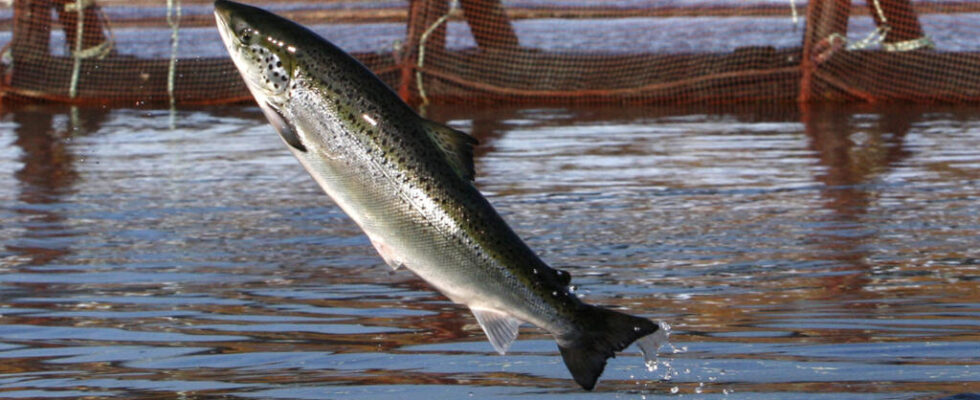Each year, an inhabitant of the planet swallows an average of 20 kilos of seafood. This consumption is increasing twice as fast as the world population is growing. And these fish, seafood and their derivatives now come mainly from farming, according to an FAO report.
1 min
In sixty years, human appetite for seafood has more than doubled and tomorrow, on a planetary scale, we will eat even more of it, warns the agency of theUN for food and agriculture (compared to consult here). Problem: fishing has stagnated for several decades, despite increasingly technological boats and fishing techniques that go further out to sea.
For environmental NGOs, this is another sign of the collapse of stocks. Result: today, nearly 60% of the fish, seafood and algae used to feed humans come from farming.
For the FAO, aquaculture will therefore be essential tomorrow to guarantee food security, but it must be sustainable. Intensive salmon or shrimp farming, for example, already causes considerable environmental damage.
L’Africa is an exception within these UN projections. There consumption of aquatic animals per capita will continue to decline on the continent, because fish production will not be able to keep up with population growth. This is particularly worrying for sub-Saharan Africa, where many families rely on foods from the sea for sustenance.
